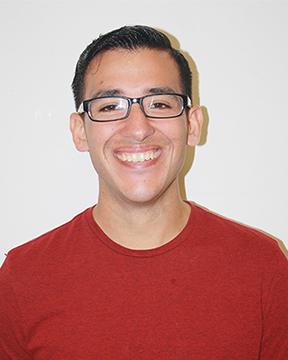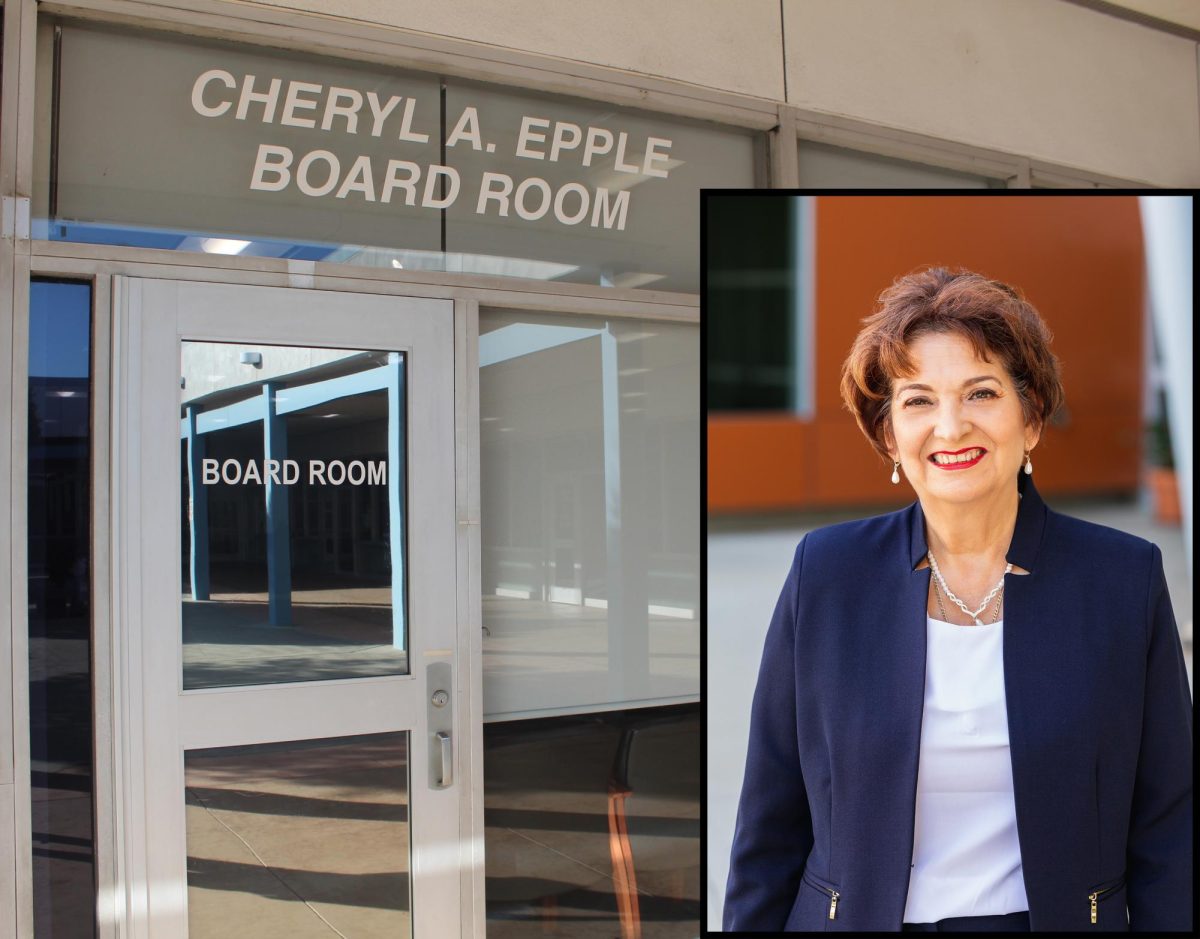The start of a new semester can bring challenges and stress for college students.
The challenges that students face can differ depending on if a student is entering college for the first time or is a continuing student.
For students entering college for the first time, they can sometimes feel out of their comfort zone.
Counselor Ken Matsuura explains that new students can have a hard time with the amount of freedom they have compared to high school.
“In high school, the way it’s set up (is that) your classes are scheduled for you by your counselor and you’re directed to do certain things,” said Matsuura “as in college, (you) have to take more of the responsibility yourself (in) scheduling your own classes.”
“It’s kind of like learning a new culture because the expectations of college are different than they may have been in high school.”
In an effort to help acclimate these new students to Cerritos, the counseling department has made orientation for students mandatory.
One service that new students can utilize is the online orientation feature that was created two years ago.
“About 80 percent of our students are going through online orientation,” said Renee De Long Chomiak, Dean of Counseling Services.
“(New students) learn about being a college student (and) about juggling responsibilities (between) home, family, job and college.”
The process is meant to help students understand what is expected of them and how to best prepare.
“We talk about how (many) units students can take because sometimes they can be unrealistic,” said Chomiak. “We don’t want to set anyone up for failure.”
The orientation process is part of what the counselors refer to as AOC or Assessment, Orientation and Counseling.
The first step that every college student is required to take is the assessment test that helps determine what level they are at in English, math, and reading.
This is an important part for students to know what kind of classes they must be taking.
To help students who have tested below college level, special classes have been designed, called accelerated or paired classes.
These classes are available in both English and math and are designed to help students move through required classes quicker.
“We have an English 72 that was created,” Chomiak explained. “If you add 20 plus 52, you get 72, and that actually combines them all in one course.”
“So if you start in (English) 20 and by the time you get up and complete (English) 52, you (are) ready for (English) 100 again all in one semester.”
While the assessment tests can help students determine which math and English classes are right for them, Chomiak and Matsuura say that counselors can help steer students toward other classes they need.
“The worse thing for us is that students can get off in the wrong direction, and they can start going the right direction,” said Chomiak.
Students who are continuing their education at Cerritos are encouraged to meet with their counselors to design an educational plan, as well as start determining their major.
The Counseling Center offers free services to students who are unsure of their career options, such as workshops and career counselors.
“The workshops are another option besides the individual appointments,” said Matsuura, “so (there are) different options that students can avail themselves of depending on their major (and) their goals.”
For students who are further along, they are advised to visit the Transfer Center after completing 30 units.
Beyond the Transfer Center, the school brings in representatives from other colleges to help students figure out where they want to transfer to.
“Students sometimes don’t know that we do that for them,” Chomiak added.
Meeting with counselors can also help students in other ways heading into the new semester.
Spanish major Jessica Camacho has the same concern that many students have this time of year.
“I get my enrollment date pretty late,” said Camacho. “That’s my main concern, not being on the wait list.”
Many students worry about being able to get into the classes they need for general education requirements or for their major.
This is where an educational plan can help students who are unable to get into the classes they want.
By looking at all the classes students need overall, they can still stay on track by aiming to take classes they planned on taking later.
“We would advise them to take classes that would be appropriate for their goal,” said Matsuura.
He also recommended that students figure out when certain classes are offered since not every class is offered every semester. This can help students plan which classes to take during the current and next semester.
Some students worry that even if they find open classes, they may not be able to fit them into their schedules or make them due to other responsibilities.
“I would like more classes offered around my work schedule,” Ivan Oyerzabel,theatre and communication major, said.
Oyerzabel says he has been lucky so far since some jobs do not accommodate students’ school schedules.
Chomiak recommends that students may have to think outside the box and “be willing to take classes at times other students may not be willing to take.”
Students are also encouraged to be more involved in the campus’s various organizations, such as clubs and student government, because they also do better in school.
“Studies have shown that students who are more connected to the college community do better, and they’re more successful,” Chomiak .
Clubs can help students explore different interests and can help lead students to majors they may not have considered before.
Chomiak said, “I encourage students to find their passion and explore their passion. Go over and work in the career area and do some exploration and keep moving because the truth is, if you find something you enjoy in life, it won’t be like a job.”









